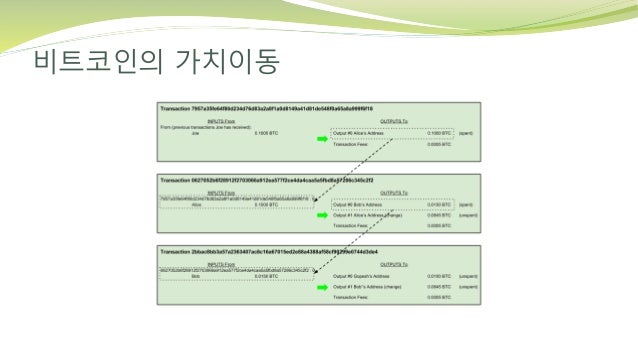

This will help them to diagnose your condition correctly and give you the right care. It is important to give your doctor as much information as you can. your diet and the foods you usually eat.homeopathic or alternative supplements or remedies.any medicines you take including ones your doctor has prescribed and over-the-counter medicines you buy for things like pain relief, coughs and colds, or stomach upsets.


Ultrasound or transient elastography such as FibroScan™Īs part of diagnosing NAFLD, your doctor needs to rule out other causes of liver disease.Blood tests, especially for alanine aminotransferase (ALT) and aspartate aminotransferase (AST).Doctors use a range of tests to get different information and build up an overall picture of what is happening. If your doctor thinks you have any form of liver disease they will try to find out what is causing it and how damaged your liver is. Or you might only find out you have it during tests for another health problem. NAFLD might only be diagnosed when it has become serious. Speak to your doctor if you have any questions or concerns. Do not stop taking any medicine your doctor has prescribed. Medicines linked to fatty liver include nonsteroidal anti-inflammatory drugs, amiodarone, corticosteroids, diltiazem, methotrexate and tamoxifen. Your doctor will check if these things could play a role. Other diseases can make your liver fatty – either directly or as a side effect of some medicines. Other conditions linked to insulin resistance for example polycystic ovary syndrome.Low levels of physical activity or spending a lot of.A diet with too many unhealthy foods and drinks.A weight in the overweight or obese range.Although most cases of NAFLD are linked to excess weight, you can develop the disease if you have a healthy weight. Rates are increasing with rising levels of obesity. NAFLD is estimated to affect up to 1 in 5 people in the UK. But if too much of it becomes scarred, your liver may not be able to carry out its job properly.Ĭirrhosis can lead to life-threatening conditions including liver cancer and liver failure. Your liver can keep working and even repair some damage at this point. Cirrhosis (fibrosis stage 4): There is so much scarring it changes the shape of your liver.And it is still possible to repair some damage. At this stage it is very important to stop further damage and scarring so your NAFLD doesn’t get worse. NASH with advanced fibrosis (fibrosis stage 3): There is a lot of scarring.Your liver is probably still working well and the damage can mostly be repaired. NASH with moderate fibrosis (fibrosis stage 2): Inflammation and damage have caused some scarring.Healthy living can undo the damage and reverse your NAFLD. NASH with mild fibrosis (Non-alcohol related steatohepatitis) (fibrosis stage 0 or 1): Fat (steato means related to fat) is causing inflammation and damage in your liver (hepatitis).At this point, NAFLD can be fully reversed. Fatty liver (fibrosis stage 0): There is a build-up of fat in your liver but it has not been damaged and there is no scarring.Go to the section about fibrosis tests and scores. The amount of scarring (fibrosis) in your liver is the main sign of how advanced your NAFLD is. Treating NAFLD with a healthy diet, physical activity and weight loss can slow or even reverse your NAFLD especially if it is at an earlier stage. Having one stage does not mean you will definitely develop the next one.


 0 kommentar(er)
0 kommentar(er)
